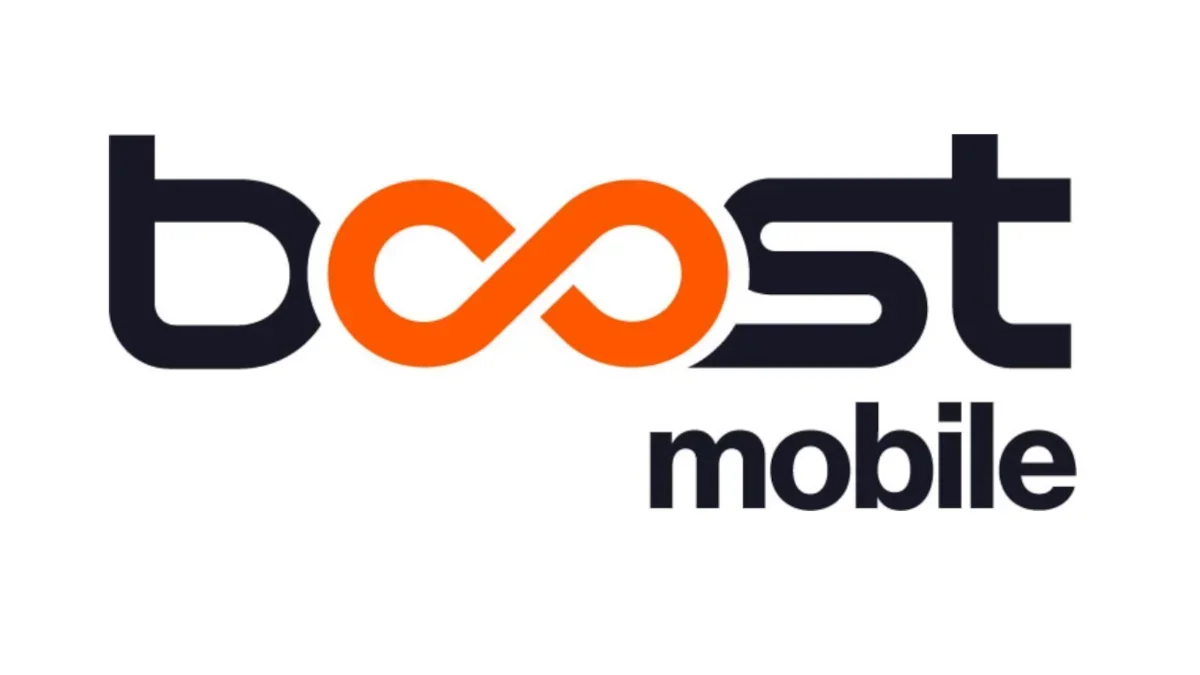EchoStar once again discloses it might not be able to continue as a going concern
When it filed with the SEC to explain why it wouldn’t be exercising the option on the airwaves, EchoStar/Dish was forced to admit that there was concern about the company’s ability to operate. The large amount of debt due in 2024 and worries that the company would be burning through cash over the following 12 months raised “substantial doubt about [the company’s] ability to continue as a going concern.”
Trying to survive this liquidity crunch, EchoStar stated that it is in “active discussions with funding sources to raise additional capital and/or restructure our outstanding debt.” Phillip Burnett, an analyst with New Street Research, says that the “going concern” disclosure should not be seen as a surprise considering EchoStar’s current cash situation and the $3.4 billion in debt that comes due over the next year.
On July 30th, EchoStar made an interest payment that was due July 1st, temporarily preventing the company from filing for bankruptcy. But EchoStar has paused the buildout of its 5G network due to uncertainties over its spectrum rights. A report this past week says that FCC Chairman Brendan Carr has urged EchoStar to sell its AWS-4 (2GHz) spectrum holdings in what Carr said was his “”best and final offer.”
The FCC is looking to strip EchoStar of this spectrum because SpaceX, owned by Elon Musk, wants it for Musk’s plan to connect SpaceX satellites to smartphones. SpaceX claims that EchoStar has been hoarding this spectrum, and it should be re-allocated or put up for auction again. John Swieringa, EchoStar’s president of technology and COO, said during the earnings call ,”Until this matter is resolved, we’re focused on continuing to optimize the network infrastructure in place and continuing to add customers to our network.”
EchoStar said in the 10-Q filing that it is in talks with the FCC.The company is also working on a direct-to-device (D2D) low-Earth orbit (LEO) satellite project. The service using EchoStar’s global S-band/2GHz spectrum rights will deliver global talk, text, and broadband services to 5G devices. The project will cost $5 billion, with service scheduled to start in 2029. The service will be sold to wholesalers who will deal with consumers.
“The company is still headed to liquidation, whether that’s in or out of bankruptcy. The only question is when.”
-Craig Moffett, Analyst, MoffettNathanson
EchoStar President and CEO Hamid Akhavan says that the LEO network could force carriers to get rid of “hundreds of thousands or potentially millions of cell sites” that are not cost effective.
Boost reports its third consecutive quarter of adding subscribers on a net basis
Boost reported its third consecutive net quarterly gain in subscribers this past Friday.
For Q2, Boost added 212,000 net subscribers, crushing a gain of 88,000 expected by analysts. It was also a huge improvement over the loss of 16,000 net subscribers reported during the same quarter last year. Wireless churn declined 24 basis points on an annual basis. This is big because it seems that the new Boost Mobile is finally showing signs of being accepted as the nation’s fourth-largest carrier.







